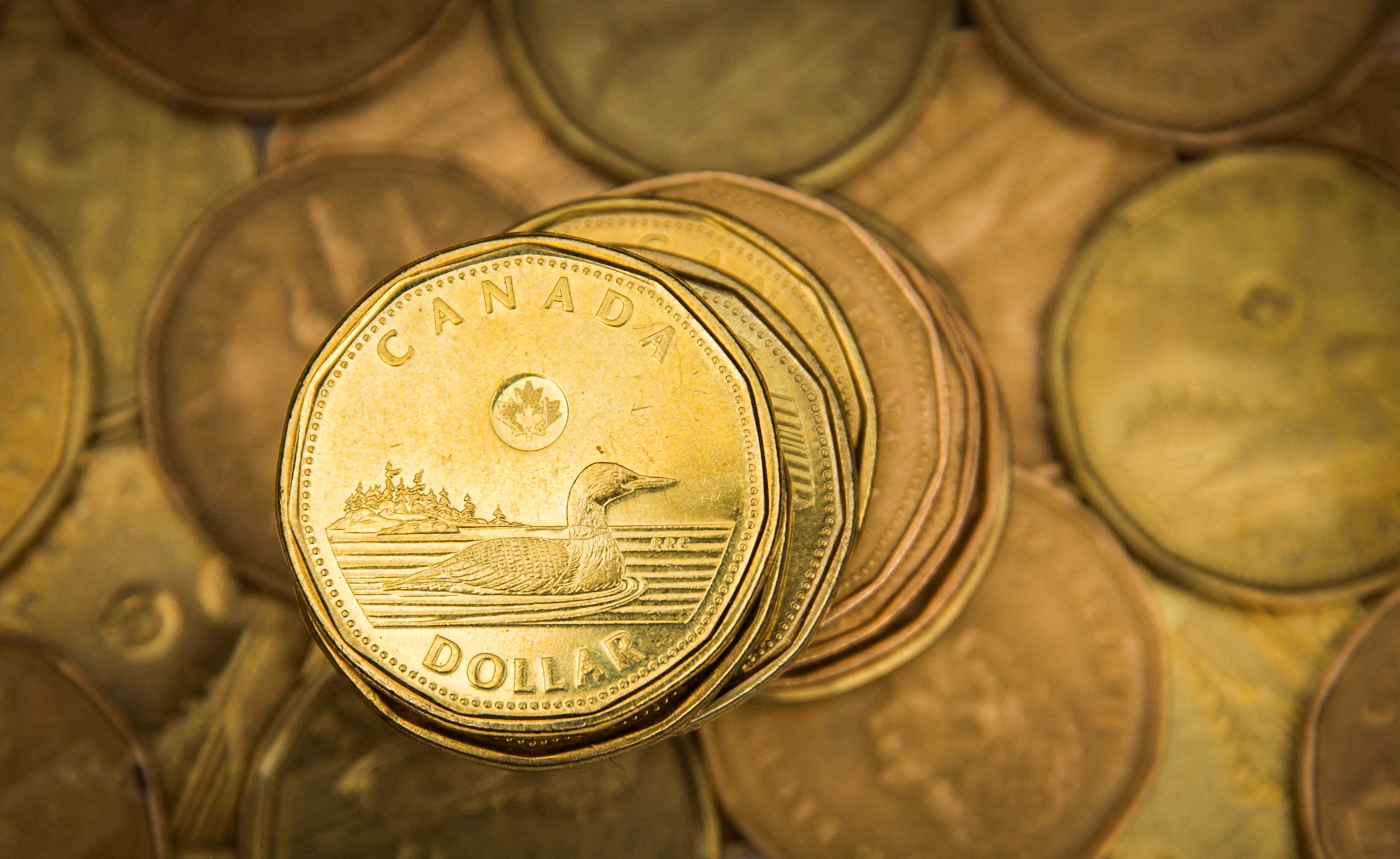The Canadian dollar weakened to its lowest level in more than a week against its U.S. counterpart on Tuesday, as oil prices fell and ahead of a government fiscal update that is expected to show limited new spending.
The price of oil, one of Canada‘s major exports, declined as the International Energy Agency said the new Omicron coronavirus variant was set to dent the global demand recovery.
U.S. crude prices were down 1.5% at $70.20 a barrel, while the Canadian dollar was trading 0.2% lower at 1.2832 to the greenback, or 77.93 U.S. cents, extending a string of declines since last Wednesday.
It touched its weakest level since Dec. 6 at 1.2838.
Canadian Prime Minister Justin Trudeau’s government will outline new fiscal and economic forecasts as inflation surges and some business groups and opposition politicians call for more spending restraint.
The so-called fall economic statement will be released at 4 p.m. ET (1900 GMT). It will be “limited in scope” in terms of expenditure, a source told Reuters last week.
Investors were also awaiting a potential decision on faster tapering from the Federal Reserve on Wednesday in order to counter inflation.
Canada‘s inflation report for November is due on Wednesday. Also on Wednesday, Bank of Canada Governor Tiff Macklem is set to speak on the central bank’s renewed monetary policy framework.
On Monday, the BoC unveiled an agreement with the federal government to keep its inflation target unchanged at 2%, adding that it would now take labor market factors into account as well, which could keep interest rates low for longer in times of crisis.
Canadian government bond yields were higher across the curve. The 10-year rose 1.1 basis points to 1.408%, after touching on Monday its lowest level in two and a half months at 1.389%.
(Reporting by Fergal Smith; Editing by Mark Heinrich)
